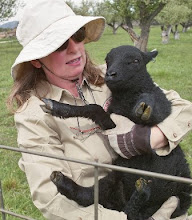
Most of them are only partially filled with corn kernels.

This is the best of the lot.

I threw away a lot that looked like this.
I noticed that when I was picking them there were lots of earwigs in the tops and the silks looked like they had been eaten before the corn for fertilized. Can anyone who is a better gardener confirm this?




My brother once worked in Kansas as a corn fertilizer - he walked between the rows, shaking the stalks.
ReplyDeleteAlso, corn needs to be planted in a solid block; long skinny rows don't get fertilized as well. If you have a really tiny plot, you may have to pretend you are breeding special varieties and use a soft clean paintbrush to transfer pollen directly to the silks before the earwigs eat them.
Thanks for the info. Maybe next year.
ReplyDelete